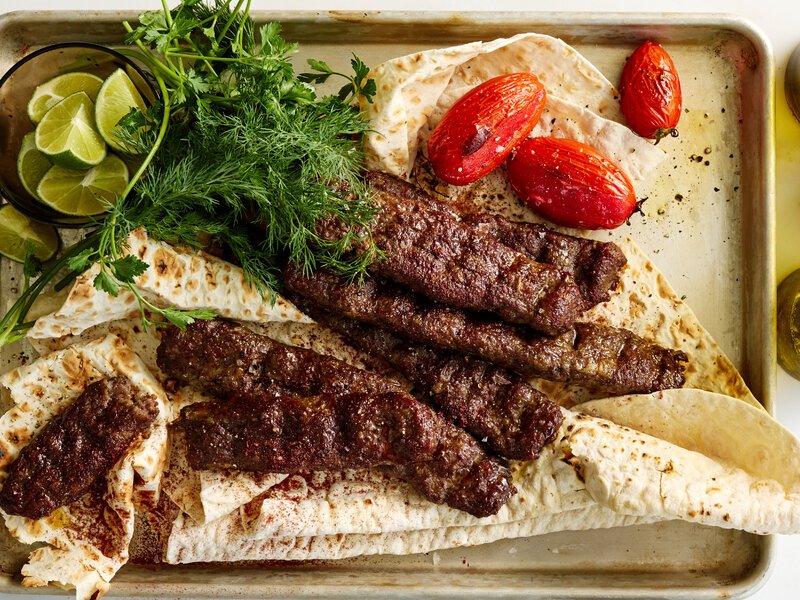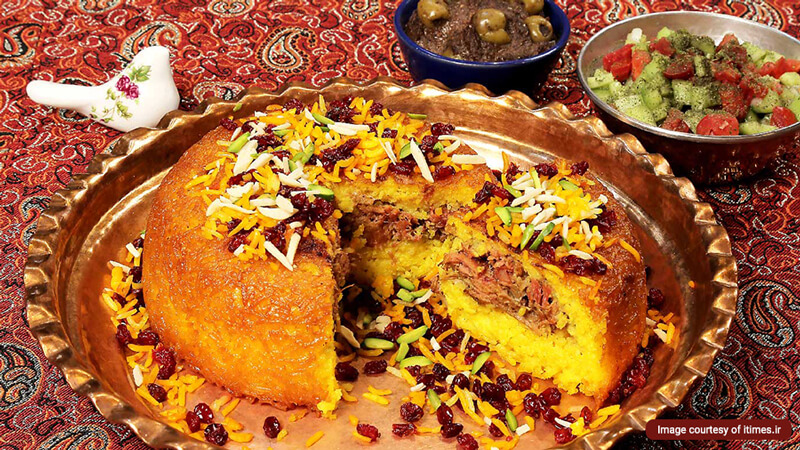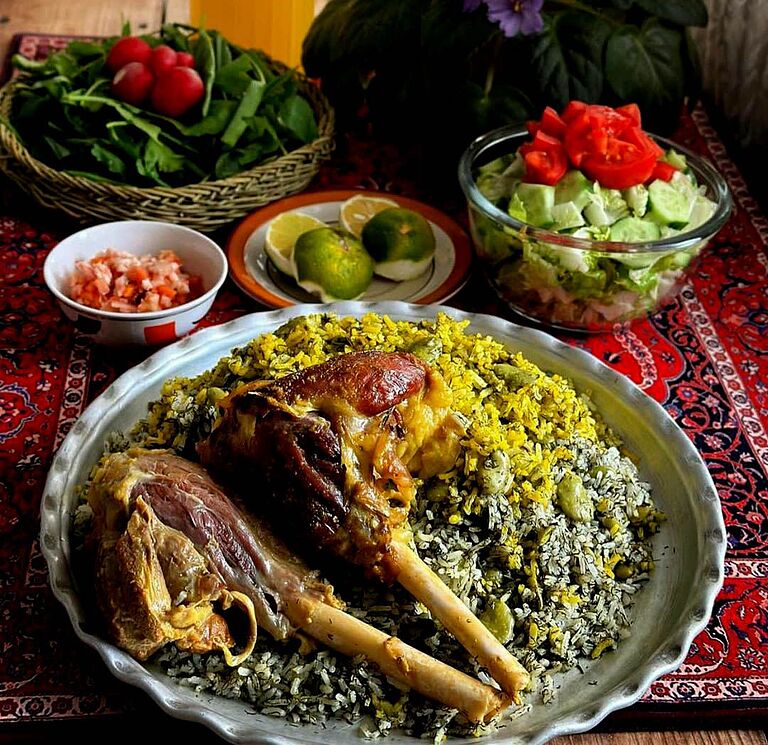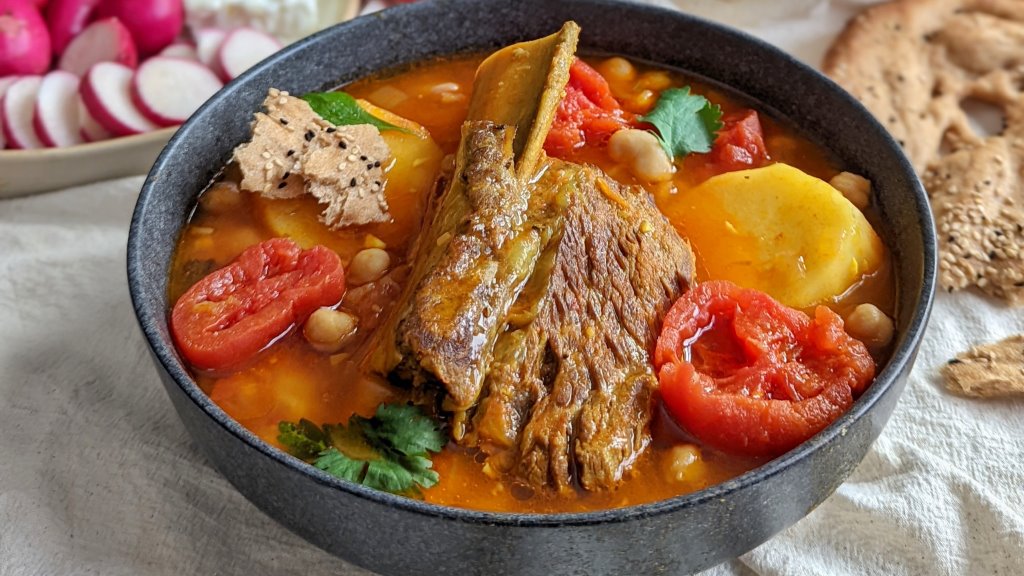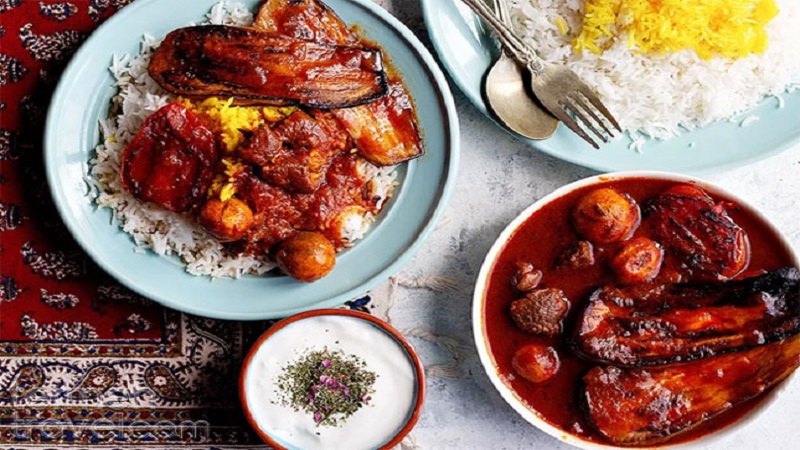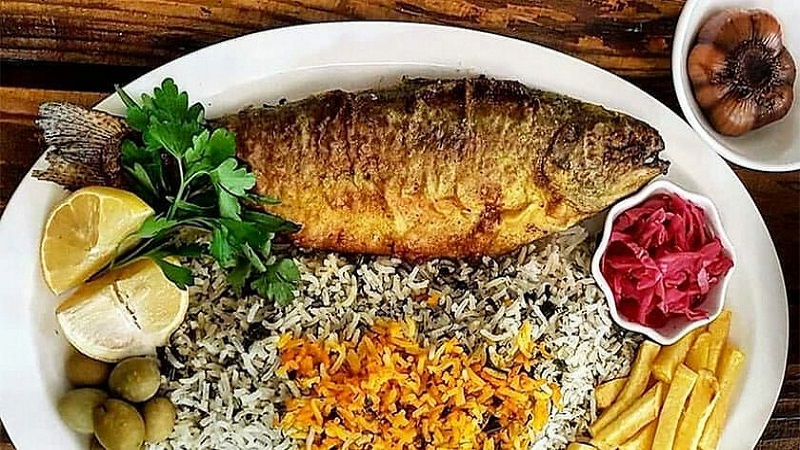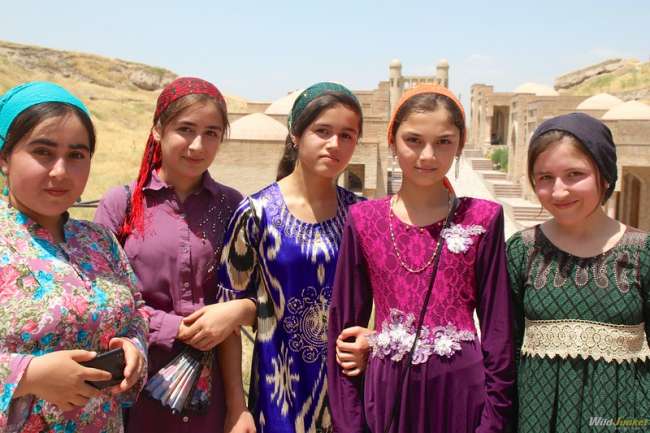Iranian food is often considered one of the best cuisines in the world, and many travelers — and even chefs — rank it as the number one cuisine in the Middle East. What makes it stand out is the balance of flavors, the patience behind the cooking methods, and the way every dish feels connected to history, culture, and family traditions. Iranian meals are built on slow simmering, fresh herbs, saffron, pomegranate, spices used with subtlety, and rice that’s treated with as much respect as the main dish beside it. The result is food that’s rich without being heavy, aromatic without being overwhelming, and satisfying in a way that stays with you long after the meal is over.
Traveling through Iran gives you a chance to taste this variety firsthand. Each region adds its own personality: deep green herb stews from the north, hearty dishes from central Iran, tart and fruity flavors from the west, and seafood specialties from the south. Sitting at a Persian table is not just about eating — it’s about sharing, slowing down, and enjoying meals that have been cooked the same way for generations. Many dishes are layered with flavor, built around ingredients like dried limes, walnuts, pomegranate molasses, fresh herbs, and golden saffron. Even simple meals feel elevated because of the care put into their preparation.
For first-time visitors, discovering Iranian food often becomes one of the most memorable parts of the trip. These dishes show the diversity of the country, the warmth of its hospitality, and the depth of its culinary heritage. The following ten meals represent some of the most iconic, flavorful, and beloved dishes in Persian cuisine — the ones every traveler should experience to truly understand why Iranian food is held in such high regard.
Ghormeh Sabzi
Ghormeh sabzi is one of Iran’s most beloved dishes, a herb stew with a flavor unlike anything else. It’s made with a mix of parsley, cilantro, fenugreek, and green onions, cooked slowly with red kidney beans, dried limes, and tender pieces of lamb. The dried lime gives the stew a slightly sour aroma that blends beautifully with the herbs. The longer it cooks, the richer the taste becomes. Served over saffron rice, it’s a dish that brings together comfort, depth, and a kind of warmth that feels like home cooking.
Chelo Kebab
Chelo kebab is one of the classic meals of Iran—simple, elegant, and incredibly satisfying. It’s usually made with ground lamb or beef that’s mixed with onions and a touch of seasoning, then shaped around metal skewers and grilled over charcoal. The kebab is served with fluffy steamed rice, often topped with melted butter and saffron. Grilled tomatoes sit on the side, and many people enjoy it with somagh, a sour red spice that brightens each bite. The combination of smoky meat and soft rice is one of the most iconic food experiences in the country.
Fesenjan
Fesenjan is a stew that balances sweet and sour flavors in a way that’s unmistakably Persian. It’s made from ground walnuts and pomegranate molasses, slowly cooked until thick and rich. The stew often includes chicken or duck, and the sauce becomes a deep brown color with a glossy texture. Every spoonful has a complex taste—nutty, tangy, slightly sweet, and full of depth. Fesenjan is commonly served during celebrations but is loved year-round for its luxurious flavor.
Zereshk Polo ba Morgh
Zereshk polo is a rice dish that mixes saffron, barberries, and soft butter into a bright, fragrant combination. Barberries bring a tart flavor that cuts through the richness of the rice, creating a balanced dish that’s both beautiful and delicious. It’s served with tender chicken cooked in a tomato-saffron sauce. The contrast of sweet, sour, and savory makes it a popular meal at gatherings and restaurants across the country.
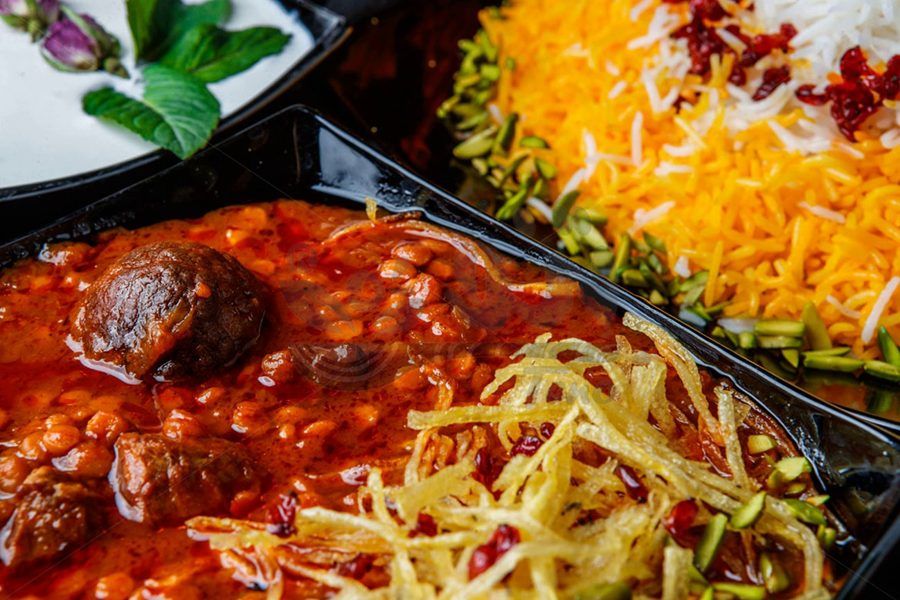 Gheymeh
Gheymeh
Gheymeh is a hearty stew made with yellow split peas, tomato, lamb, and dried limes. The stew has a warm, comforting flavor, with the split peas giving it a smooth texture that thickens as it cooks. It’s commonly topped with thin, crispy fries placed directly on the stew, adding a satisfying crunch. Many people enjoy gheymeh with saffron rice, and it’s especially popular during large gatherings and traditional events.
Tahchin
Tahchin is both a rice dish and a baked casserole, made with saffron rice layered with yogurt, eggs, and chicken. It’s baked until the bottom forms a crisp golden crust that many people consider the best part. When the dish is served, it’s often flipped upside down so the crispy layer appears on top. The mix of saffron, yogurt, and tender chicken creates a mild but rich flavor. It’s served in slices and makes a beautiful centerpiece at the table.
Baghali Polo ba Mahiche
This dish brings together dill rice, broad beans, and slow-cooked lamb shank. The rice is fragrant and light, with the dill giving it a fresh, herbal aroma. The lamb shank is cooked until the meat falls easily off the bone, often seasoned with saffron and gentle spices. The combination creates a balanced meal—the freshness of the rice and the richness of the lamb complement each other perfectly.
Abgoosht (Dizi)
Abgoosht is one of Iran’s oldest traditional dishes. It’s a slow-cooked stew made with lamb, potatoes, chickpeas, white beans, tomatoes, and dried limes. The broth is served separately in a bowl, usually eaten with pieces of fresh bread. The remaining ingredients are mashed into a thick mixture that’s eaten afterward. This two-part meal is filling, hearty, and full of flavor. It’s especially popular in older neighborhoods where traditional restaurants still prepare it in small clay pots.
Khoresh Bademjan
Khoresh bademjan is an eggplant stew made with tomatoes, lamb or beef, and sometimes a touch of sour grape juice for extra sharpness. The eggplants become soft and silky as they cook, absorbing the flavors of the stew. The dish pairs beautifully with rice, letting the rich tomato sauce sink into each bite. It’s a staple in many homes and a favorite among travelers who enjoy warm, flavorful meals.
Dill Rice with Fish (Sabzi Polo ba Mahi)
This dish is especially popular during celebrations like Nowruz but is enjoyed throughout the year. The rice is mixed with finely chopped herbs such as dill, parsley, and cilantro, giving it a fresh and aromatic taste. It’s served with fried or grilled fish, often seasoned with turmeric, garlic, and lemon. The combination of fragrant rice and crisp fish creates a meal that’s light but full of flavor.
Iranian cuisine is built on slow-cooked stews, aromatic rice dishes, and flavors that feel both familiar and unique. Each dish has its own history, shaped by the regions and families who have cooked them for generations. Tasting these foods gives travelers a deeper connection to the culture, and every meal becomes a moment where tradition, flavor, and hospitality come together naturally.




